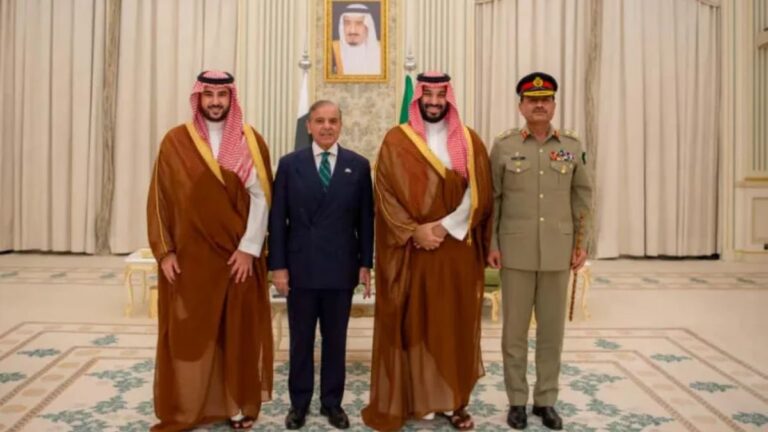
Amidst the ongoing trade war and rising tariffs, India has taken a significant policy decision. Instead of retaliating against the US tariffs like other nations, the Indian government is encouraging industries to replace Chinese imports with American goods. The rationale behind this move is to mitigate the impact of reciprocal tariffs announced by former US President Donald Trump. The government hopes that by increasing imports from the US, it can safeguard India’s exporters from potential trade restrictions.
Background: Trump’s Tariff Policy
Donald Trump’s administration implemented a Reciprocal Tariff Policy, which stated that the US would impose tariffs on goods from countries that levy high tariffs on American products. This policy was set to take effect from April 2, targeting several nations, including India.
- India has a trade surplus with the US, meaning it exports more to the US than it imports.
- Trump viewed this surplus as unfair and sought to reduce it by encouraging India to buy more American goods.
- The Indian government, instead of opposing the tariffs, devised a strategy to increase imports from the US to balance trade relations and possibly secure tariff concessions.
India’s Response: Shift from Chinese to American Goods
The Indian Ministry of Commerce and Industry has urged businesses to reduce their dependence on Chinese, Russian, and other foreign imports and shift toward American goods. The government believes this move will:
- Prevent Trade Disruptions – The Reciprocal Tariff Policy could hurt Indian exports, so shifting imports towards the US may help reduce tensions.
- Maintain Favorable Trade Relations – India’s trade surplus with the US stands at $35–40 billion, and reducing it could ease trade pressures.
- Secure US Concessions – By cooperating with American trade demands, India hopes to avoid higher tariffs on its exports.
Concerns and Challenges
While the strategy seems logical from a diplomatic standpoint, several concerns arise:
- Higher Costs: Chinese goods, particularly electronics, are cheaper than American alternatives. Importing from the US may increase production costs for Indian industries.
- Impact on Local Businesses: Many Indian businesses rely on affordable Chinese imports. A sudden shift could disrupt supply chains and profitability.
- Geopolitical Implications: India has long-standing trade and defense ties with Russia and China. A shift towards American imports could strain these relationships.
US Pressure on India’s Defense Purchases
Apart from trade, the US is also pressuring India to reduce its dependence on Russian defense equipment. The US Commerce Secretary recently stated that India should:
- “Ditch Russia and buy US arms.”
- India has historically sourced over 50% of its military equipment from Russia.
- The US is offering advanced defense technology, including F-35 fighter jets and surveillance systems, as alternatives.
- Since 2008, India has purchased $20 billion worth of US defense equipment, including P-81 maritime surveillance aircraft.
India’s Trade Strategy: Balancing Multiple Interests
India is in a difficult position where it must balance trade relations with the US while maintaining strategic autonomy. The Indian government is:
- Reducing Tariffs on US Products – In response to Trump’s criticism, India has shown willingness to lower tariffs on American automobiles and agricultural goods.
- Diversifying Defense Procurement – While increasing US defense imports, India is also boosting domestic production through the “Make in India” initiative.
- Exploring New Trade Partnerships – India is engaging with other nations to reduce overdependence on any single country.
Final Thoughts
India’s decision to replace Chinese goods with US imports reflects its pragmatic approach to global trade dynamics. By increasing imports from the US, India hopes to maintain stable trade relations, secure tariff concessions, and safeguard its export interests. However, challenges such as higher costs, supply chain disruptions, and geopolitical concerns remain. The coming months will determine whether this strategy proves beneficial or leads to unintended economic consequences.
Also Read: National Multidimensional Poverty Index 2024
Follow Fusion IAS


